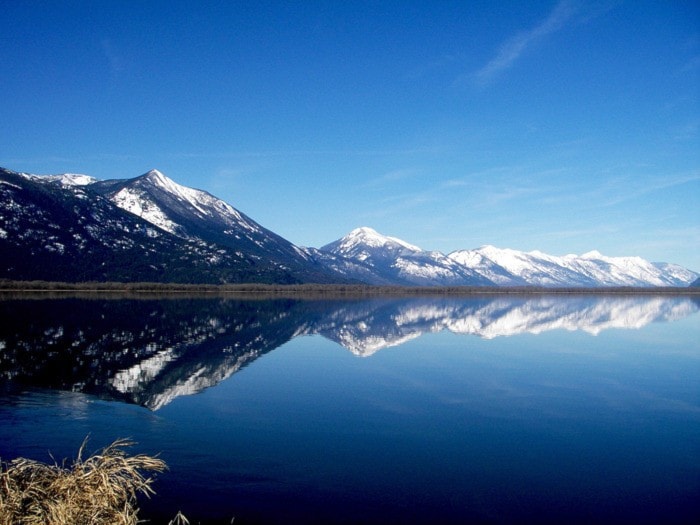A corridor that will allow for the safer passage of grizzly bears through the Selkirk and Purcell mountains will be facilitated by a 150-hectare land purchase by the Nature Conservancy of Canada.
According to an NCC press release, the corridor will help the threatened grizzly bear population in southeastern B.C. to find new mates among the larger grizzly population to the east.
One of the two parcels purchased was a Wynndel Box and Lumber (WBL) property adjacent to the Creston Valley Wildlife Management Area.
“We are a significant landowner in the valley but much of the land is not essential to our mill operations,” said WBL CEO Michael Combs. “We are committed to investing in the future of our mill so we are seeking to sell certain of our non-essential lands for that purpose.
“We will not sell any lands necessary for our mill operations and we will sell our lands in an environmentally sensitive manner whenever reasonable. Much of our land is home or a corridor used by certain endangered species.”
Frogs will also benefit from the land purchase. What is referred to as the Frog Bear Conservation Corridor will also benefit the northern leopard frog population in B.C.’s only known breeding location for the endangered amphibian.
The second parcel in the purchase is an 85-hectare property on the Creston flats, which will be continued to used for agriculture. The total cost for the two parcels is $1.4 million.
Nancy Newhouse, speaking for the NCC, said researchers have mapped out the movements of the bears through the valley and know the corridor is vital for the prospects of the south Selkirk grizzly population.
“The Creston Valley is an incredible hot spot for conservation,” she said.
Experts say connecting the two populations of bears is considered critical for their long-term prospects, allowing the at-risk grizzlies to find new mates. The corridor is also expected to reduce human-bear conflict.
“Providing for wildlife connectivity through human environments has become the issue of our times, here in southern B.C. and around the world,” said grizzly bear biologist Michael Proctor in a news release. “Enabling grizzly bears and other species to be inter-connected between mountain ranges and across regions might be the single best thing we can do to provide options for species, ecosystems and nature to adapt to climate change.”
Several other rare species have also been documented in the Creston Valley, including the northern rubber boa snake, and birds like the great blue heron, American bittern and western screech owl.
“The NCC supports agriculture and sustainable forestry practices,” Combs said. “Our partnership has worked very well for NCC and WBL and we intend to work together in the future.”
